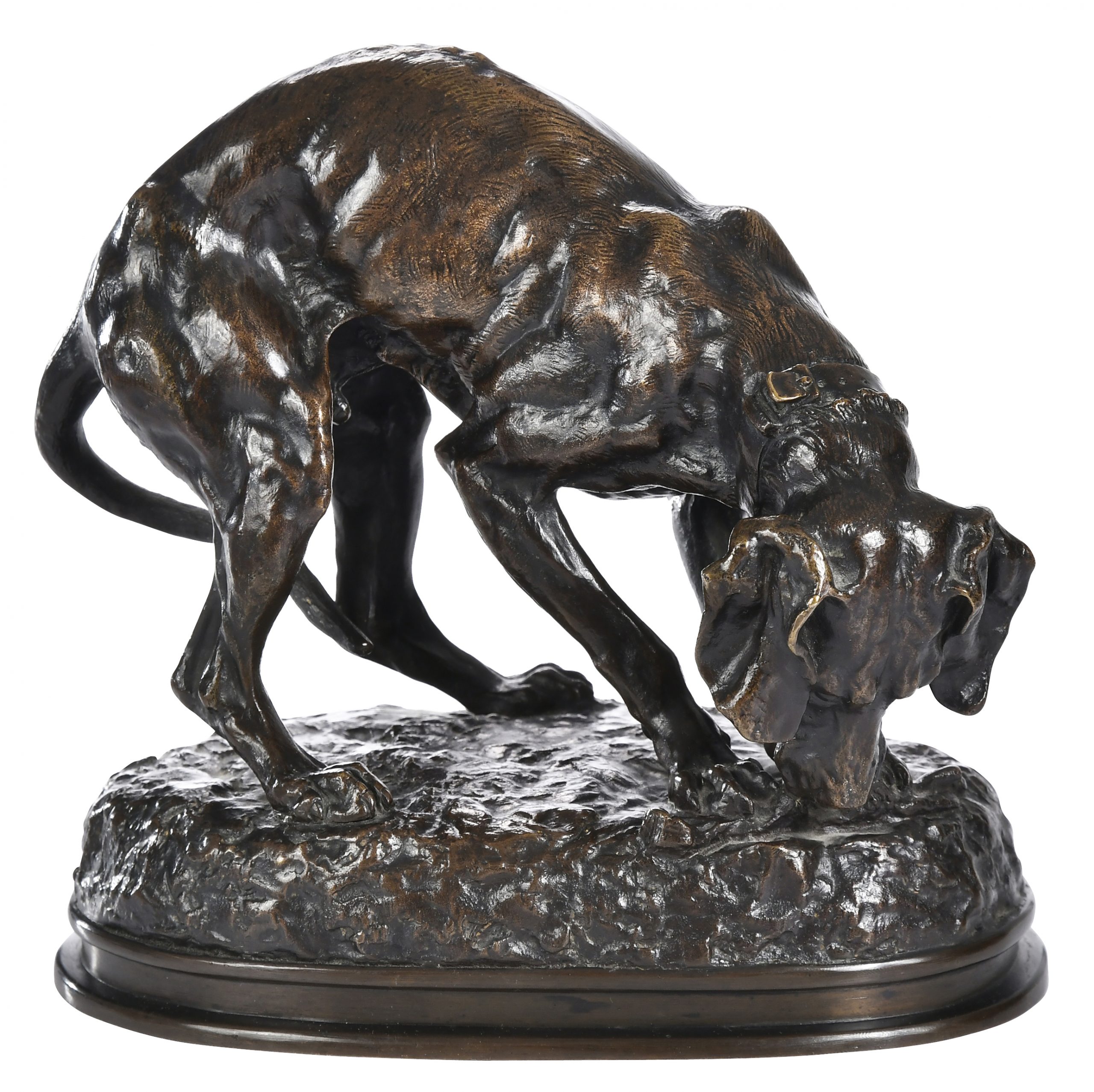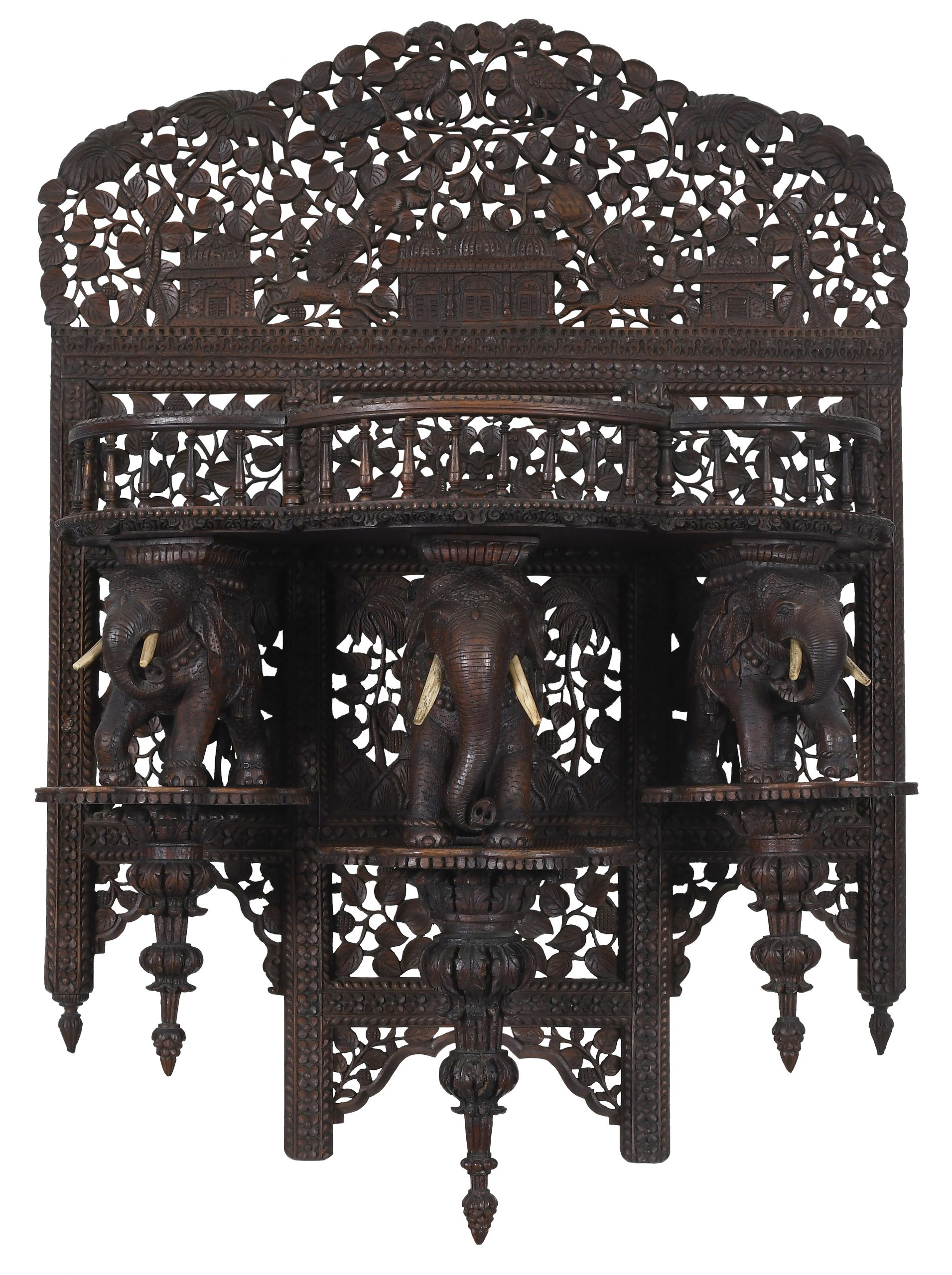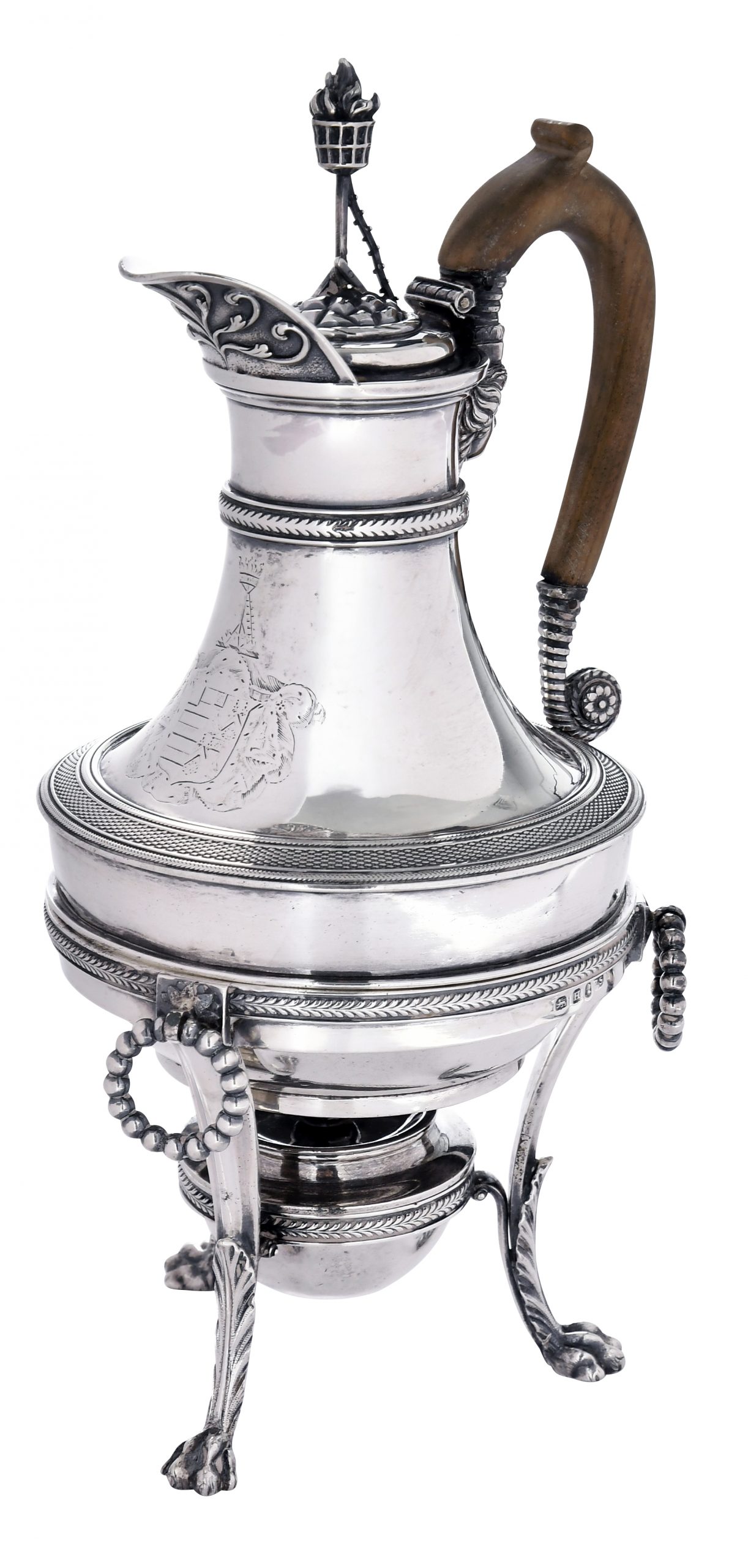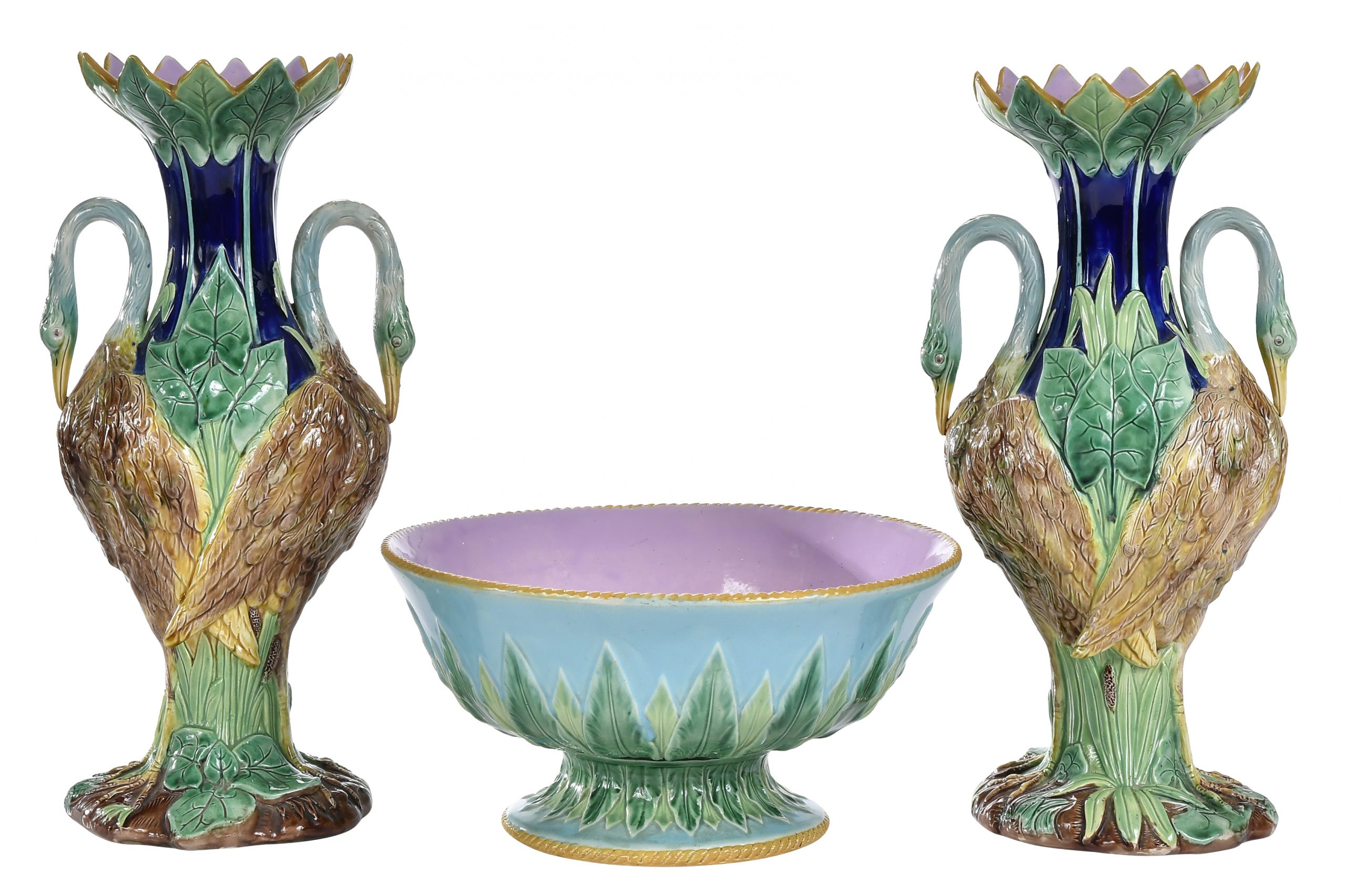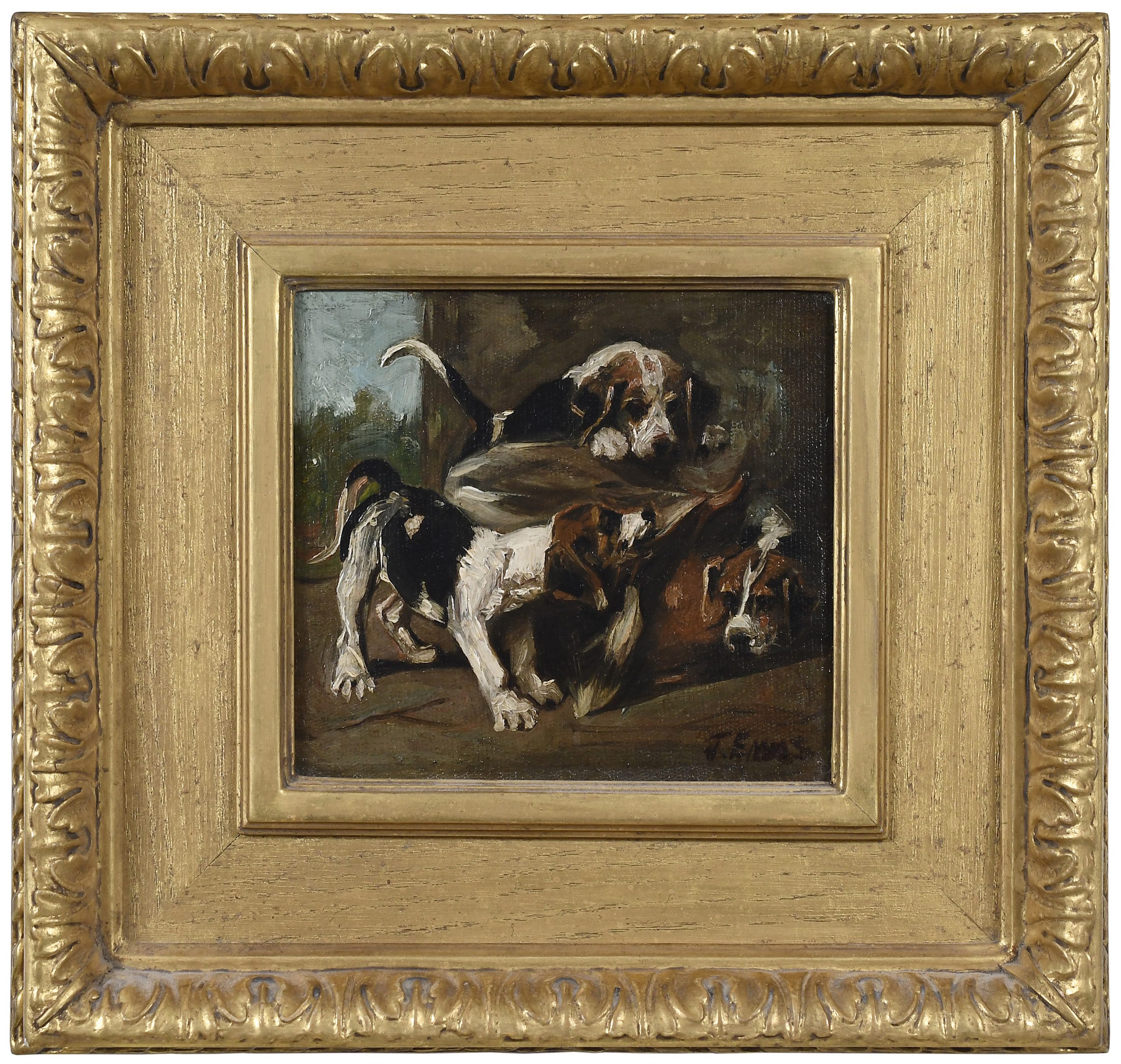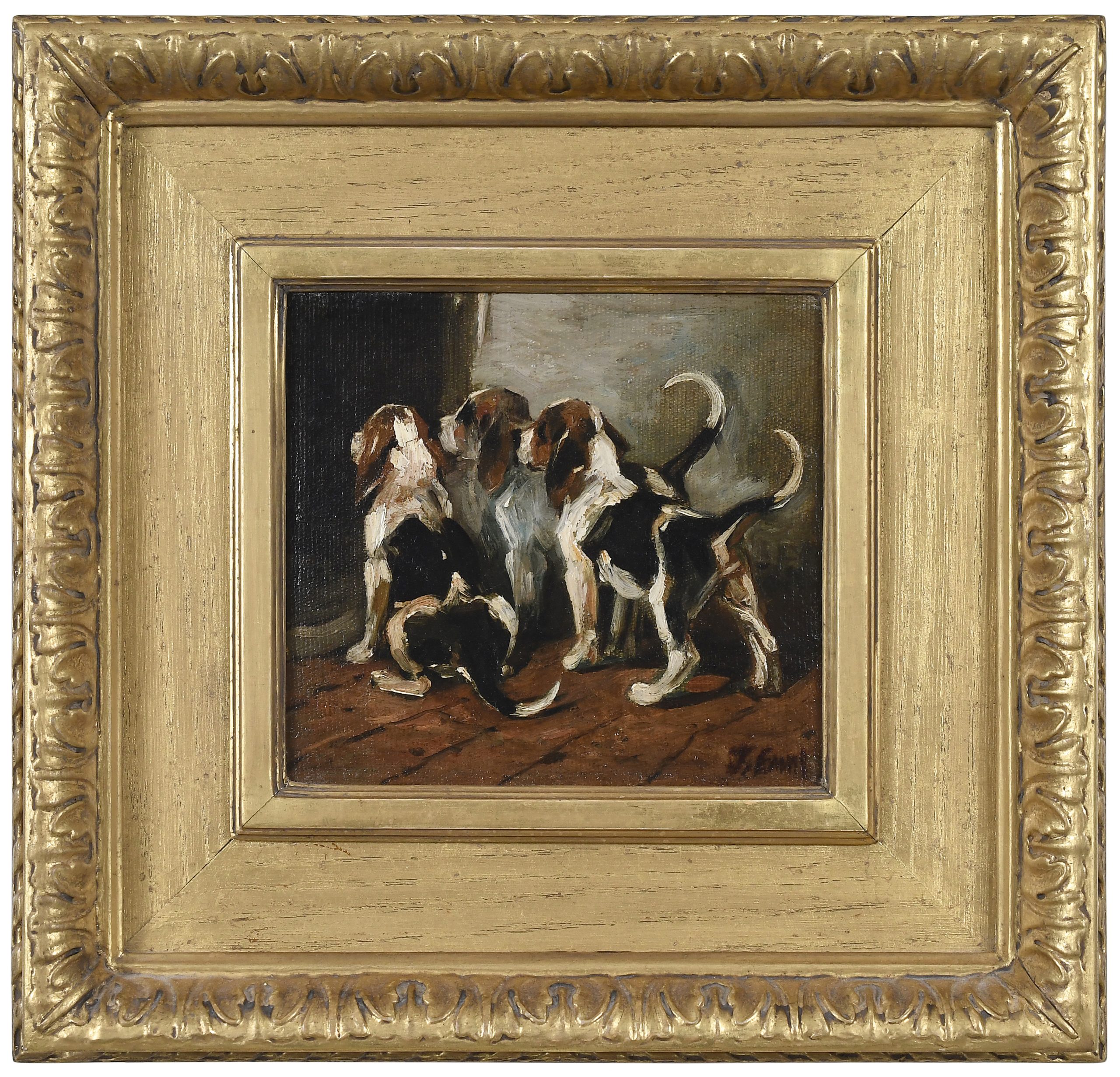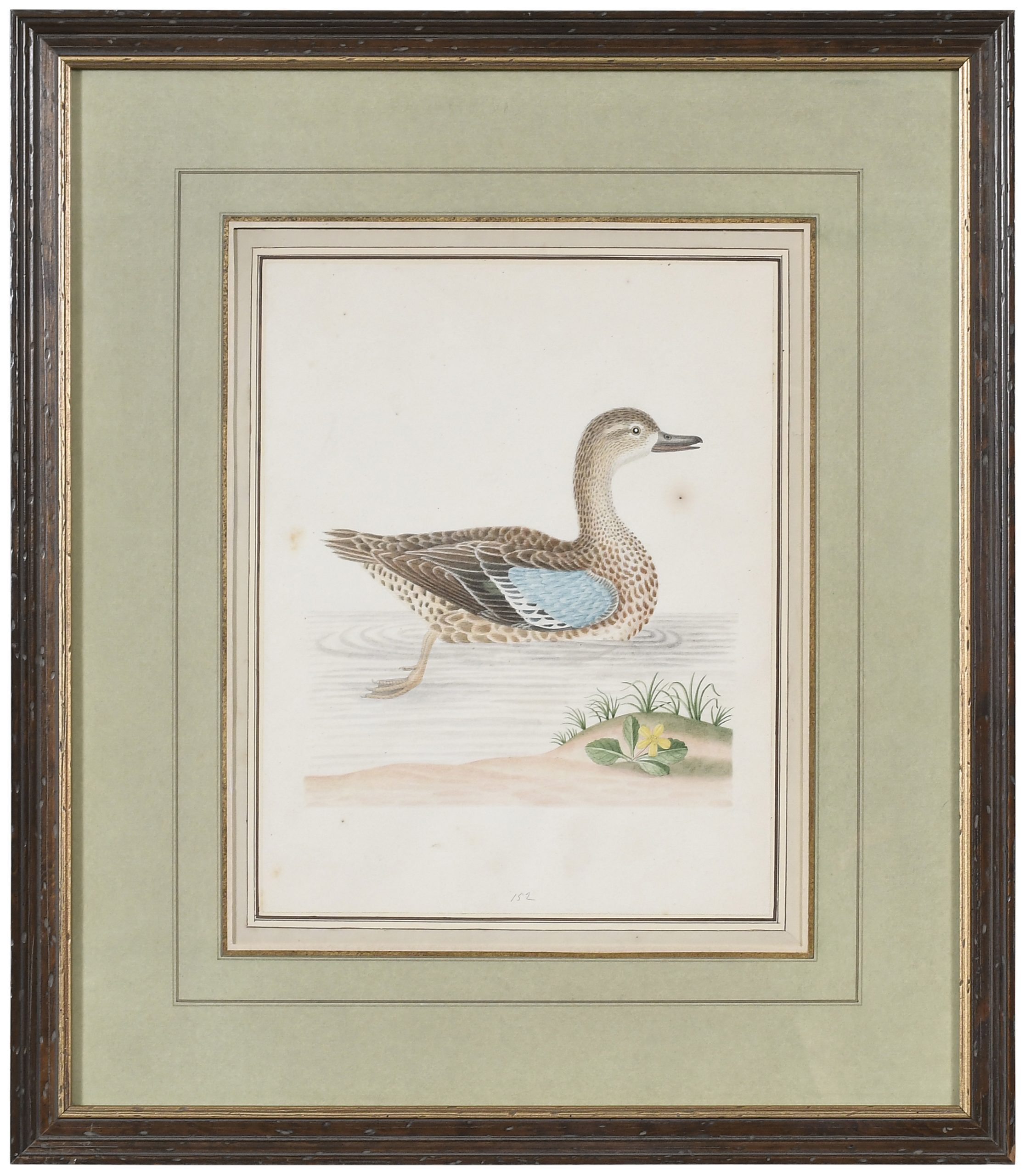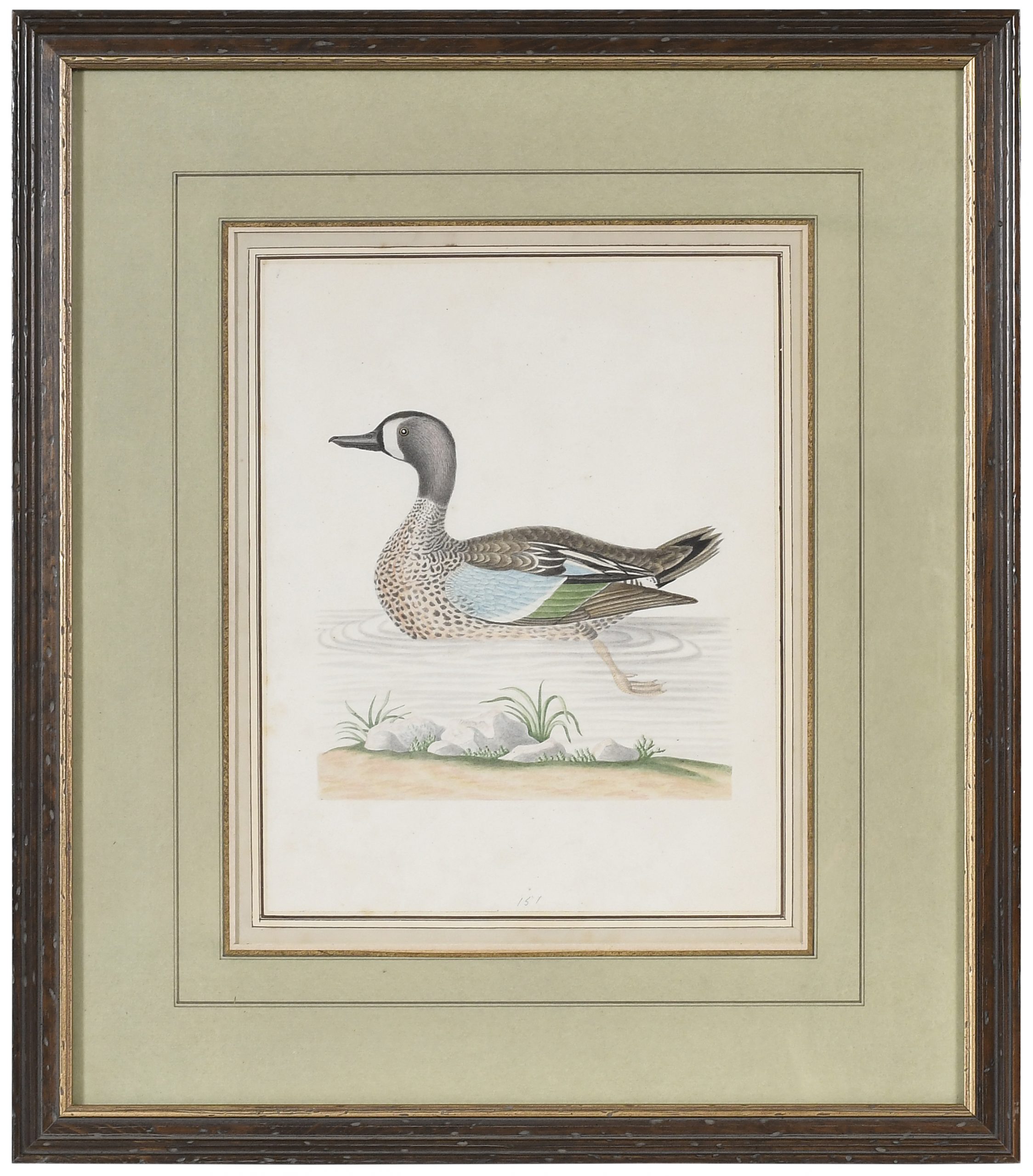Premier Spotlight: Diane Parker and the Maybelline Legacy
Maybelline™. For some, the name may as well be synonymous with “make up.” But what is now a multinational company and household name has more humble beginnings than many would think. The story begins in Morganfield, Kentucky, where on January 19, 1896, Thomas Lyle Williams was born to T.J. and Susan Williams, and by all accounts was a natural-born salesman. He started on what would be his journey to fortune with inspiration from his older sister Mabel. Make-up was not widely available– or affordable– and so the image of her applying a mixture of burnt cork, coal dust, and vaseline to her lashes in hopes of imitating silver screen stars became the foundation for his plan for a business. Thomas would move to Chicago to seek his fortune, his memory of Mabel’s homemade cosmetic front and center in his mind and keenly aware of the glamour and allure inherent to the smokey-eyed stars of early Hollywood. After a spell selling post cards, novelty items, and razors, and a false start formulating a product himself, Lyle sought out a drug manufacturer to aid him in his cosmetic dream. The resulting product was much better than his own attempt, and would go on to be sold under the name Lash-Brow-Ine, which he would go on to sell by mail order. When the government cracked down on false advertising claims (Lash-Brow-Ine was marketed as a growth product as well as a beautifier), the money dried up and left Thomas in dire straits. In a bid to save his dream, he went to work on the evolution of his original idea, turning the product from a salve to a solid cake of makeup. But the name still had to be changed, tainted as it was by the government crackdown. Tom needed little time to choose a new one; Maybelline™, in honor of their sister who inspired the entire endeavor. To borrow a fitting cliche, the rest, as they say, is history.
All throughout his time in Chicago, Thomas Lyle wasn’t making money for its own sake. He sent all he could back to Morganfield, to his childhood love and newborn son, Bennie Gibbs and Cecil. And once they were properly cared for, Lyle would support his sisters, brothers, and parents in practically any way he could, moving them to the city and providing jobs at the company to any who wanted them. Cecil would take his father’s name after his marriage, becoming Thomas Lyle Williams Jr. and following his father into the company he built. But before he did, Thomas Jr. would pursue a higher education at Duke University, and there he would meet the woman who was to be his wife, Marguerite Neel. Marguerite would move to Chicago with her husband while he ran the family business, but once retired the couple relocated themselves to Marguerite’s hometown of Thomasville, Georgia. Described as a “philanthropic visionary” and a “force of nature” in turn, in her retirement years Marguerite would keep herself occupied with a whole slew of charitable pursuits. From championing historic preservation, the arts, and children’s causes in her hometown to working on the renovation of the State Department’s diplomatic room, introducing architect and interior designer Edward Vason Jones to Clem Conger and gifting to the project the desk that Thomas Jefferson was said to have written the United States’ constitution on, Marguerite proved herself a mover and shaker no matter where she was or what she was doing, and her devotion was recognized when she received the Louise du Pont Crowninshield Award, the highest reward the National Trust for Historic Preservation can bestow. She was a hard woman to say no to, and often saw the solution to a given problem well in advance of others, seemingly dragging them along until it became clear her intuition had them on the right track. This was a trait that served her well as a corporate wife deeply involved in the business of the family she married into, and to whom she was fiercely loyal.
This was a loyalty that Marguerite would pass onto her daughter, Diane, whose estate Brunk Auctions is proud to put up for auction. In terms of demeanor, Diane was her mother’s opposite. Where Marguerite fought for her causes with an unignorable passion, Diane served them with a quiet, compassionate mien, preferring to provide anonymous support to spotlit leadership. Diane’s preferred causes were the uplifting of disadvantaged communities, the conservation of the natural habitat and rural traditions of the greater Thomasville area, and serving as a generous benefactor to individuals. She had a great passion for her hometown, protecting its many sporting traditions and ways of life, patronizing up-and-coming local and outsider artists, even going so far as to host them on shooting plantations so that they could capture in their work the countryside and rural areas of Georgia that were so beloved to her.
This appreciation is demonstrated in the contents of her estate, with pictures of rural landscape scenes, waterfowl, and hunting dogs abounding. There can be little doubt that Thomasville has had as much impact on its two greatest beneficiaries as the two of them have had on it. The town benefitted– and still benefits– from the real Maybelline legacy, a habit and family tradition of unsolicited generosity. We hope you take the time to peruse the offerings from that same family’s collection, the spotlight of our July 16th Premier Auction.
World-Class Consignments and Exceptional Results
